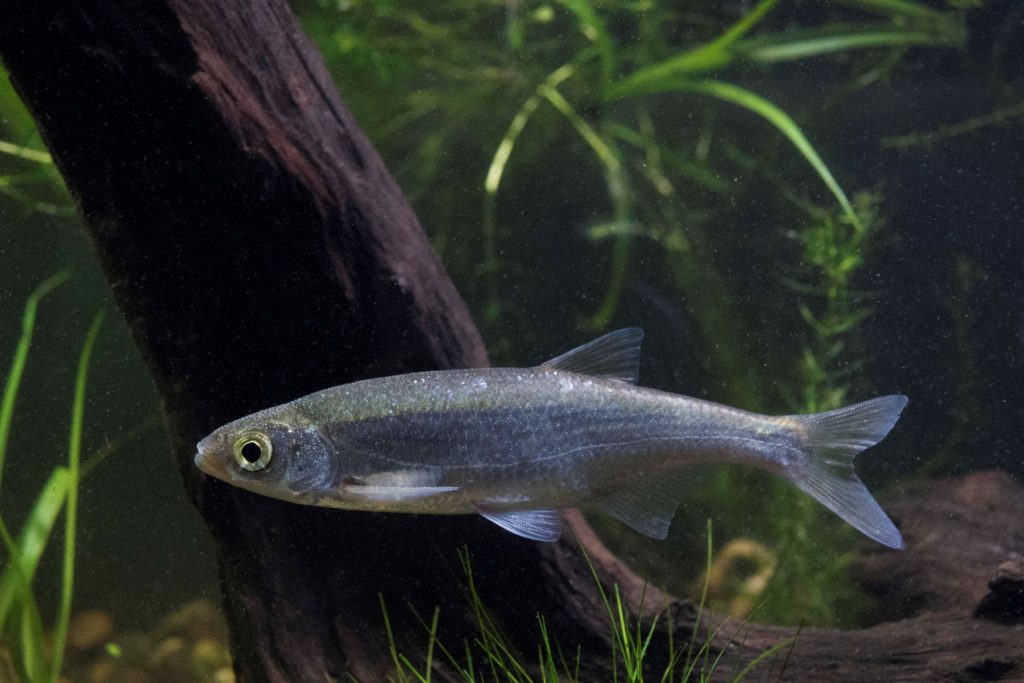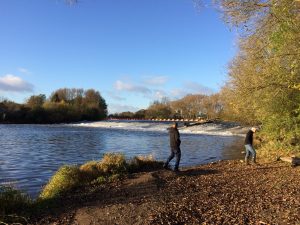Characteristics
Bleak are very small, silver fish that closely resemble a small herring. They are a schooling fish that are widespread in rivers and some canals across England and are among the smallest fish found in this country – the British record weighed about 4oz (113g). They are long and slender with a faint yellow lateral line and translucent fins. They primarily feed in the surface area. An up-turned mouth mean they’re suited to taking food from the surface of the water.
Diet
Similar to rudd, Bleak mainly feed in the surface area of rivers. Small flying insects that are trapped on the surface can be easy prey, but also many insect larvae live in this area. They are omnivorous so will also feed on algae and plant matter. Fishermen can sometimes get lucky where they’re able to catch many hundreds of individuals in one session when a large school of bleak is swimming by.




